Wildlife Programs and Initiatives
Animal care and wellbeing both on-site and out in the wild is a core part of our conservation mission. There are more than 100 animals that call the Museum home. The animals in our care range from lizards and snakes, owls and eagles, trout and lampreys, bobcats and porcupines. These animals are ambassadors for their counterparts in the wild and connect our audiences and visitors to the needs of wildlife in the region.
Many of the projects and programs the Museum participates in help conserve species in their natural habitats, assist in research and studies, and provide meaningful education to visitors and the community at large.
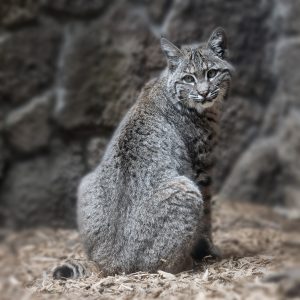
Conservation in action
From 2015 to 2021, the Museum and its staff participated in searching and sampling for Sierra Nevada red fox, American martens and other carnivores using remote cameras. Partners included the U.S. Forest Service and the Oregon Department of Fish and Wildlife.
The result? Wildlife staff at the Museum set up and operated 13 monitoring stations for seven years, collecting thousands of images of forest carnivores and dozens of samples for genetic analysis.
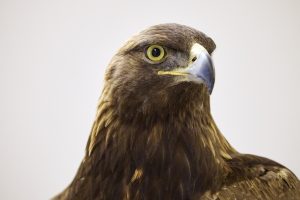
In partnership with Blue Mountain Wildlife and the Oregon Department of Fish and Wildlife, this 2019 rehabilitation project sought to teach young birds to soar and catch prey so that they could return to the wild.
The result? Jon Nelson, Curator of Wildlife at the Museum, successfully taught one young female golden eagle to hunt. The eagle was banded before release and appears to be successfully living in the wild!
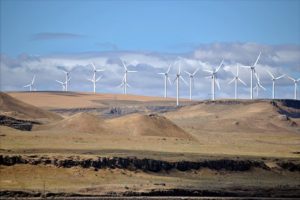 Wind turbines serve a purpose, providing reusable energy. However, bird and bat collisions are common. In 2017 and 2018, two of the golden eagles in the care of the Museum participated in a study to reduce wildlife collisions with wind turbines. The study was in partnership with (among others) the U.S. Department of Energy and Oregon State University.
Wind turbines serve a purpose, providing reusable energy. However, bird and bat collisions are common. In 2017 and 2018, two of the golden eagles in the care of the Museum participated in a study to reduce wildlife collisions with wind turbines. The study was in partnership with (among others) the U.S. Department of Energy and Oregon State University.
The result? Researchers were able to develop innovative mitigation strategies to reduce golden eagle collisions with wind turbine blades. Multiple publications have resulted in the study, exploring ways to prevent and discourage bird and bat collisions.
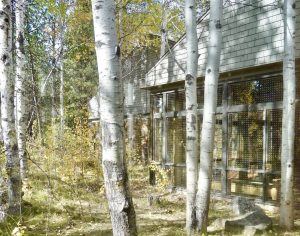 The Museum’s buildings contain a lot of large floor-to-ceiling windows. Bird collisions are frequent. In 2022, the Museum purchased and installed Feather Friendly bird-safe film on its windows, a large undertaking that included six master rolls of film and over 120 hours to install.
The Museum’s buildings contain a lot of large floor-to-ceiling windows. Bird collisions are frequent. In 2022, the Museum purchased and installed Feather Friendly bird-safe film on its windows, a large undertaking that included six master rolls of film and over 120 hours to install.
The result? The Museum has covered more than 2,500 square feet of window space with bird-safe film. The number of bird collisions has been greatly reduced!
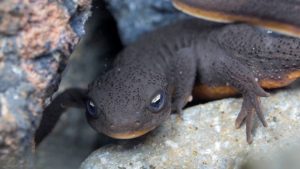 In 2024, the Museum partnered with the National Park Service’s Crater Lake National Park and the Oregon Zoo to study and care for the Mazama newt, a relative of the rough-skinned newts that are endemic to Crater Lake. Twenty Mazama newts live in human care and outside of Crater Lake for the first time in history. Museum staff collect critical information about the newts’ behavior, food needs, water requirements, growth and reproduction.
In 2024, the Museum partnered with the National Park Service’s Crater Lake National Park and the Oregon Zoo to study and care for the Mazama newt, a relative of the rough-skinned newts that are endemic to Crater Lake. Twenty Mazama newts live in human care and outside of Crater Lake for the first time in history. Museum staff collect critical information about the newts’ behavior, food needs, water requirements, growth and reproduction.
The result? The newts arrived at the Museum emaciated and hungry due to a depleted habitat. Since then, the newts have gained weight and become more active! Museum staff share data with scientists at the National Park Service to aid in their research and conservation of Mazama newts. A few of the Mazama newts live in habitats for visitors to see, providing an opportunity for education on the negative effects of invasive species and climate change. Learn more.
